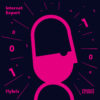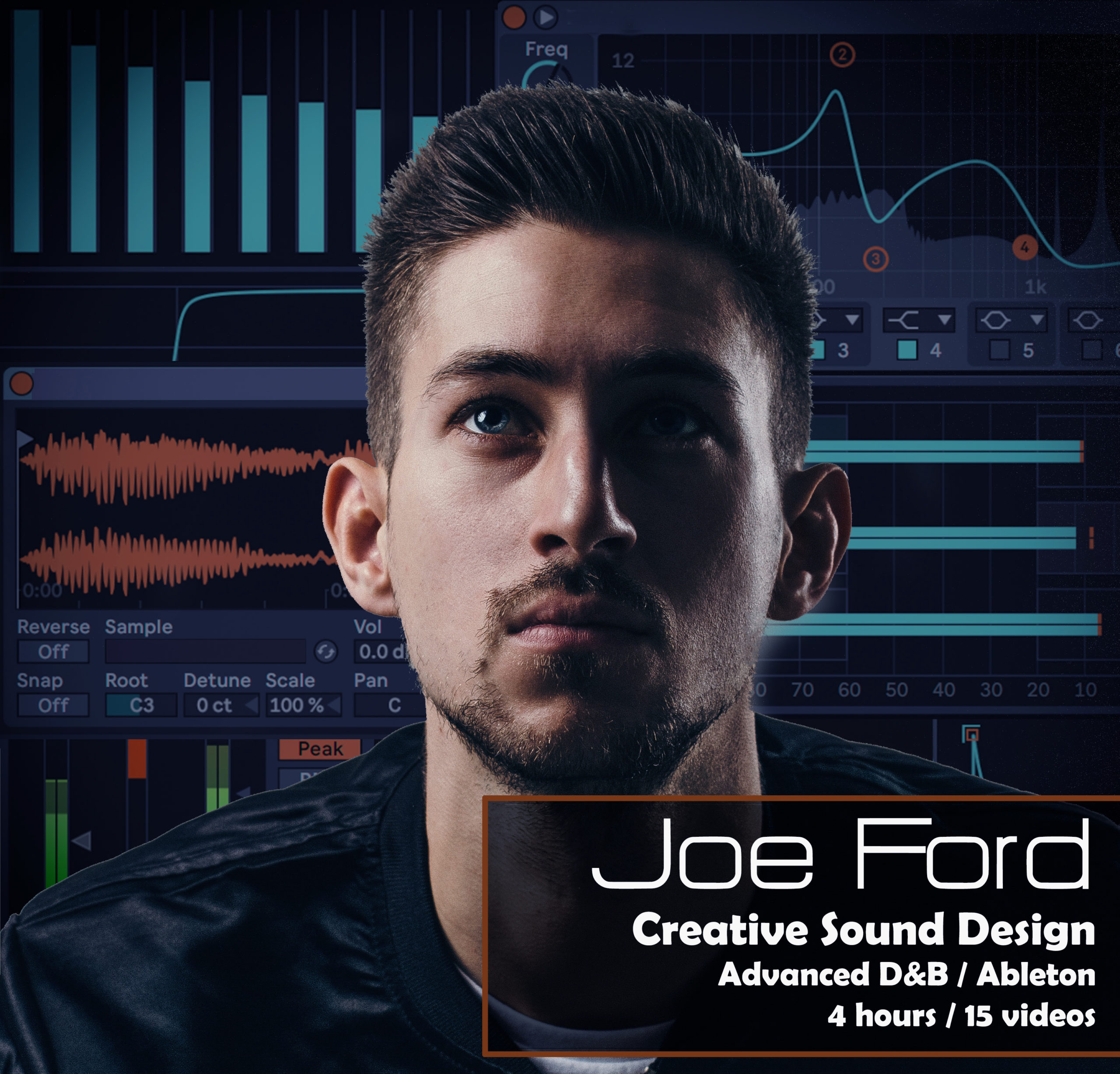HYBRIS :: Production Q&A
- This topic has 12 replies, 7 voices, and was last updated 4 years, 11 months ago by ,
 Hybris.
Hybris.
-
AuthorPosts
-
-
2019-04-15 at 17:14:39 #75657,
 GENIE HQKeymaster
GENIE HQKeymasterHey all,
Evan has kindly agreed to do a hang out on here, taking any questions you might have about this month’s tutorial – or anything else you might be looking to get help/advice with…
So feel free to fire away and he’ll drop you a personal reply shortly 😀
Our questions would be:
1. What do you find Cubase to be really good at doing? What do you miss that’s not in Bitwig?
2. What’s forthcoming this year for Hybris / Pseudoscience ?!
3. Are there any kinds of natural sounds / sources that lend themselves especially well to good resampling results, ie. doors, pans, cats etc?!
-
2019-04-15 at 23:59:05 #75698,
 shrikeParticipant
shrikeParticipantEvan, I don’t have a question (at the moment, anyways), but I did want to personally say thank you for taking the time to make such a great, multi tiered lesson for us.
You inspired me greatly, and others I’m sure. Thank you sir!
_-| get to work |-_
-
2019-04-22 at 21:43:43 #76196,
 HybrisParticipant
HybrisParticipant1. What do you find Cubase to be really good at doing? What do you miss that’s not in Bitwig?
2. What’s forthcoming this year for Hybris / Pseudoscience ?!
3. Are there any kinds of natural sounds / sources that lend themselves especially well to good resampling results, ie. doors, pans, cats etc?!
Yo!
1. I think the digital audio editing in Cubase is super straightforward and great to use. Creating send effects is super quick and easy and the audio engine just sounds great. Otherwise, Bitwig is just fantastic and I really don’t miss anything. Some aspects of the work flow are completely different and take some getting used to, but for me it was totally worth it. And as far as I can tell, the engine sounds great as well.
2. So as far as Pseudoscience, we’ve got our first VA ep coming soon, and I’m really hyped about it. I’ve got a tune on there with MVRK. Soon after I’ll be dropping a solo single on there, and I dare say it’s kinda decent. Decided to make something I’d want to play every set, so both songs are built for maximum playability. I love making quirky shit, but sometimes I just wanna rinse it out. I’ve also got some things with DLR on the way, we have yet to decide how we’re gonna do them.
3. Honestly I think it’s all about luck, but I generally try and stay away from super mechanical/ metallic sounds, as if it starts harsh, it’s harder to make it sound pleasant. Children’s toys have been really good over the past few years though!
-
2019-04-22 at 21:45:03 #76197,
 HybrisParticipant
HybrisParticipantEvan, I don’t have a question (at the moment, anyways), but I did want to personally say thank you for taking the time to make such a great, multi tiered lesson for us.
You inspired me greatly, and others I’m sure. Thank you sir!
And thank you kindly sir! I’m glad you enjoyed it
-
-
2019-04-16 at 13:32:33 #75736,
 Zero FourParticipant
Zero FourParticipantHi Evan,
When producing minimal drum and bass, sometimes I find my track is missing a little something to fill the void (little too much silence/gaps).
I mean I love my percussion but sometimes I dont want to just keep adding percussion after percussion because it can clash with too many drum elements.
Is there a technique you use to use maybe fx, pads or something else to fill your little space between kick/snares etc.
Cheers,
-
2019-04-22 at 21:54:14 #76201,
 HybrisParticipant
HybrisParticipantYou know it’s always a battle, so just take comfort in knowing you’re not alone. Having said that, I think an important thing to realize is making a track minimal in and of itself is not really a solid foundation to build on. Usually I try and build up a track around a technique or idea, and towards the end strip it back more, so the finished product is minimal, but along the way I’ve got a lot going on. It’s always easier to trim back excess than make something from nothing. The same goes for frequencies in general, try not to cut out everything from every sound, or else you’ll end up with nothing. Decide what the purpose of each sound should be, and then execute that purpose. Don’t edit and eq out of fear, do it assertively, for a reason.
-
-
2019-04-21 at 11:43:50 #76065,
 GENIE HQKeymaster
GENIE HQKeymasterIt’s a pretty self contained tutorial, so understandable there might not be too many Q’s about it… but last chance to ask a question (any question!) to Hybris…. so rack those creative brains of yours and think of a question about this, or anything else!
-
2019-04-21 at 16:09:17 #76105,
 SinchroneParticipant
SinchroneParticipantHey! Thanks for taking time to do this! How did you end up in Czech Republic?
https://www.facebook.com/SINCHRONE
https://soundcloud.com/sinchrone/-
2019-04-22 at 21:51:21 #76199,
 HybrisParticipant
HybrisParticipantYou know I just moved here check out Europe and then ended up staying and building a life here.
-
-
2019-04-21 at 21:32:05 #76122,
 gravekeeprParticipant
gravekeeprParticipantHey Evan,
I was curious about your creative process for track writing. When you are starting a tune do you have an idea in mind of what it will sound like or is it more experimenting to find what works? Maybe somewhere in between?
Thanks!
-
2019-04-22 at 21:53:35 #76200,
 HybrisParticipant
HybrisParticipantSomewhere in between. Sometimes I have a great idea and am able to execute it, but more often it’s a lot of messing around and going with it. The tune is a collaboration between you and your gear, don’t get too hung up on doing exactly what you want all the time, embrace the happy accidents. I usually end up resampling lots of weird shit and using it later as well. For me the strange artifacts are usually more interesting than what I had intended to do.
-
2019-04-23 at 03:53:26 #76216,
 JOPPAParticipant
JOPPAParticipanti have a sub bass problem how do you usually process sub groups make it nice and full but not too muddy lol
-
2019-05-10 at 16:58:52 #79495,
 HybrisParticipant
HybrisParticipantI think it’s a bit of trial and error with that one, but I’d recommend using just one sub bass (preferably a sine wave) to lie under the other sounds, and adjust the highpass of the other sounds so that they’re not overlapping too much. I might use a sub group to compress or saturate or eq them together afterwards, but there’s no surefire recipe for success, every combination of sounds needs something different. A good subwoofer can be very useful, as you can actually hear what’s going on in the sub frequencies. Judging it without one or by eye on an analyzer takes quite a bit of guesswork.
-
-
-
AuthorPosts
- You must be logged in to reply to this topic.


